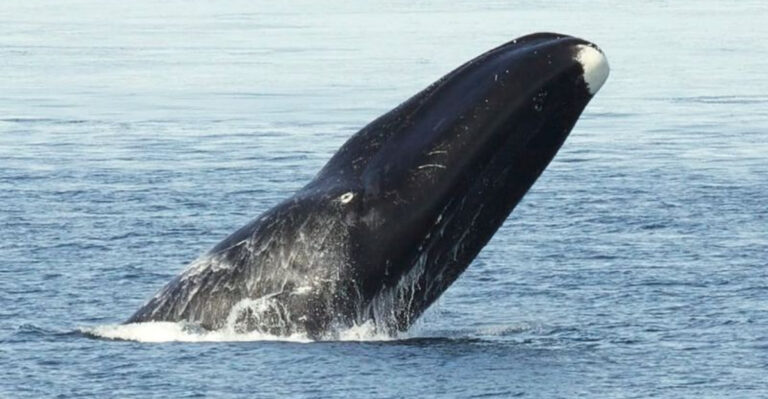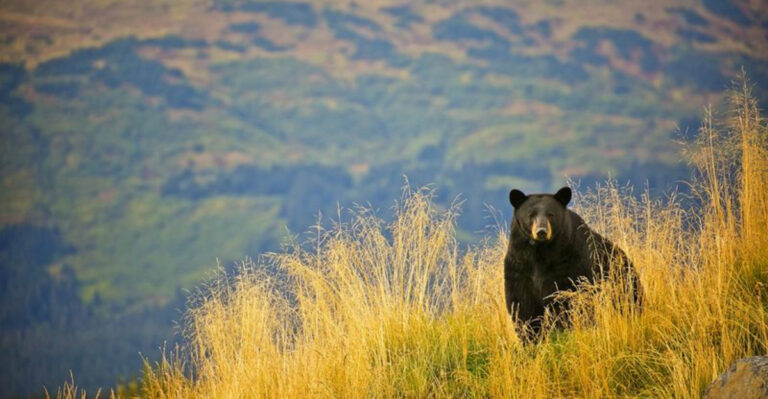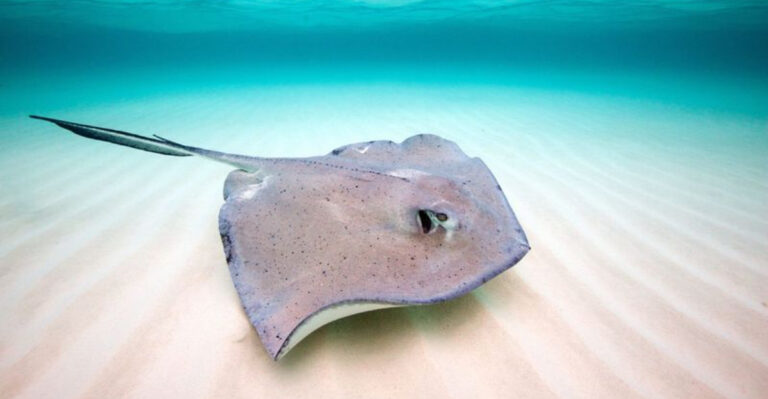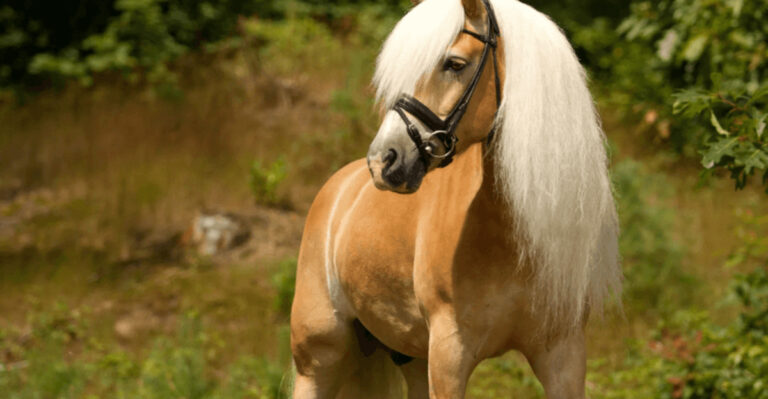15 Big Cats That Are Facing Rapid Habitat Loss
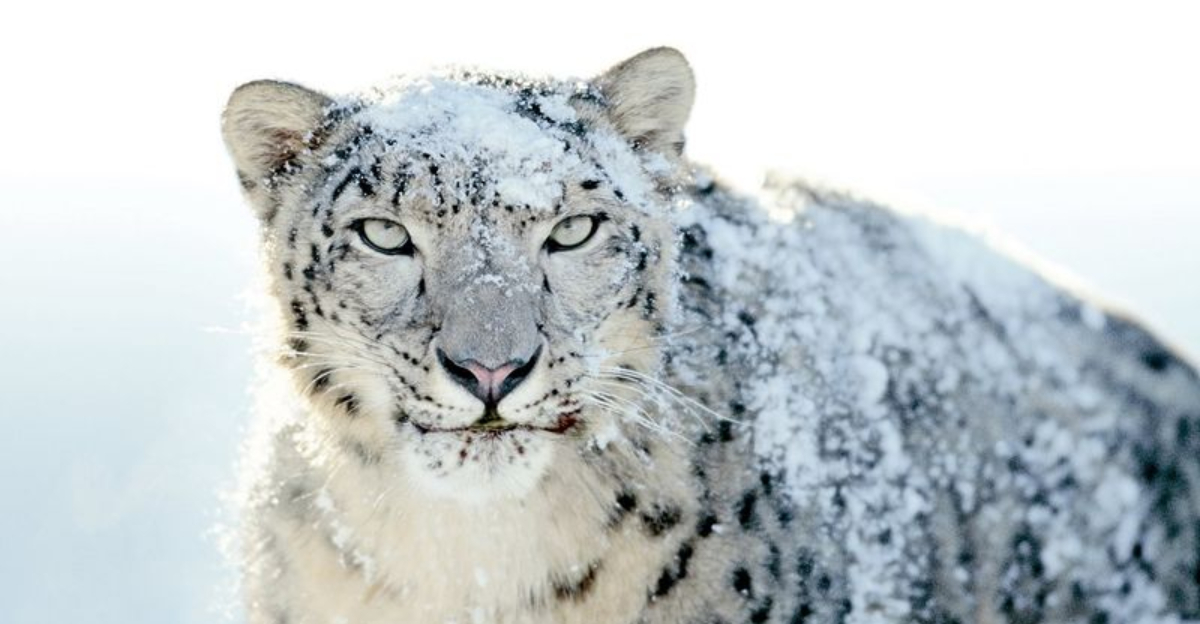
Our planet’s magnificent big cats are increasingly caught in a desperate battle for survival. As human activities expand, these powerful predators find their territories shrinking at alarming rates.
From the misty mountains of Asia to the sweeping savannas of Africa, habitat destruction threatens to silence the roars of these majestic creatures forever.
Understanding their plight is the first step toward protecting these iconic symbols of wilderness.
1. Amur Leopard
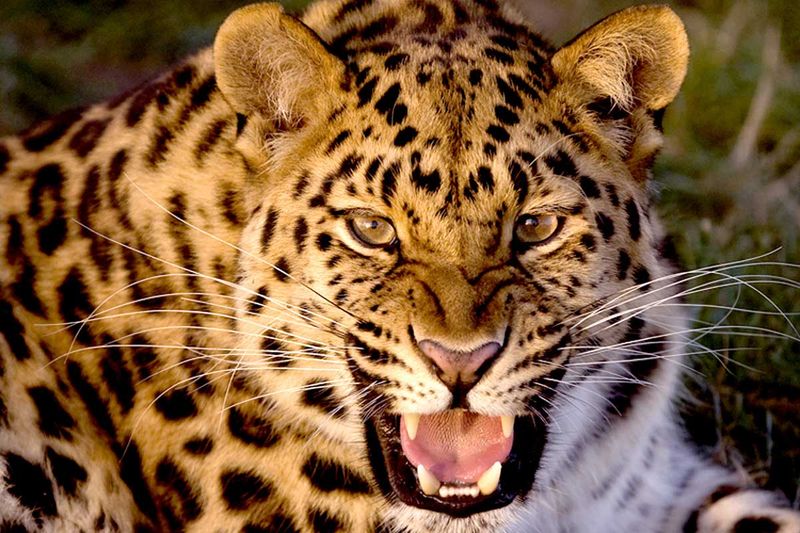
Fewer than 100 Amur leopards remain in the wild, making them the world’s most endangered big cat. Native to the temperate forests of Russia and China, these solitary hunters have lost over 80% of their habitat to logging and development.
Their stunning spotted coats, uniquely adapted for camouflage in snowy forests, once made them targets for poachers.
Today, forest fragmentation forces these cats to travel dangerous distances between protected areas, often leading to deadly encounters with humans.
2. South China Tiger
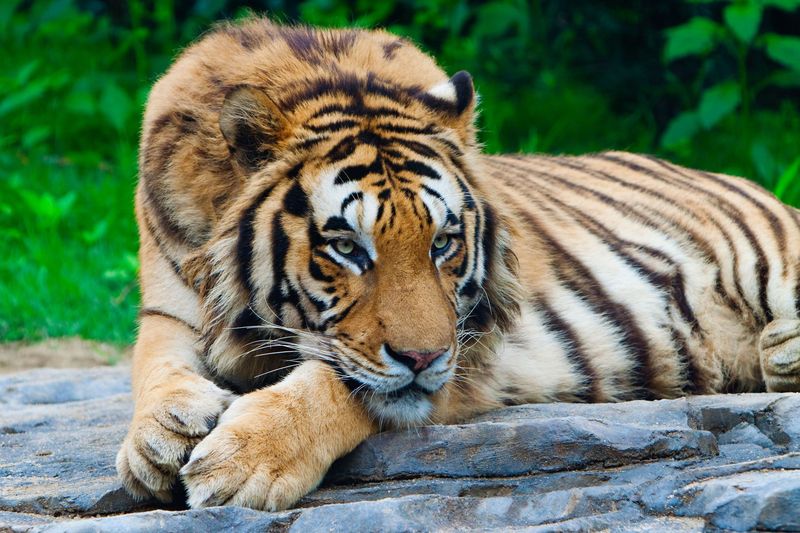
Possibly extinct in the wild, the South China tiger hasn’t been reliably spotted in its natural habitat for over 20 years. Massive deforestation across central and eastern China has eliminated much of their forest home.
Once the most common tiger in China, government-sponsored hunting campaigns in the 1950s devastated their population.
A handful survive in captivity, representing the last hope for a species that once roamed freely through bamboo forests and mountain valleys.
3. Iberian Lynx
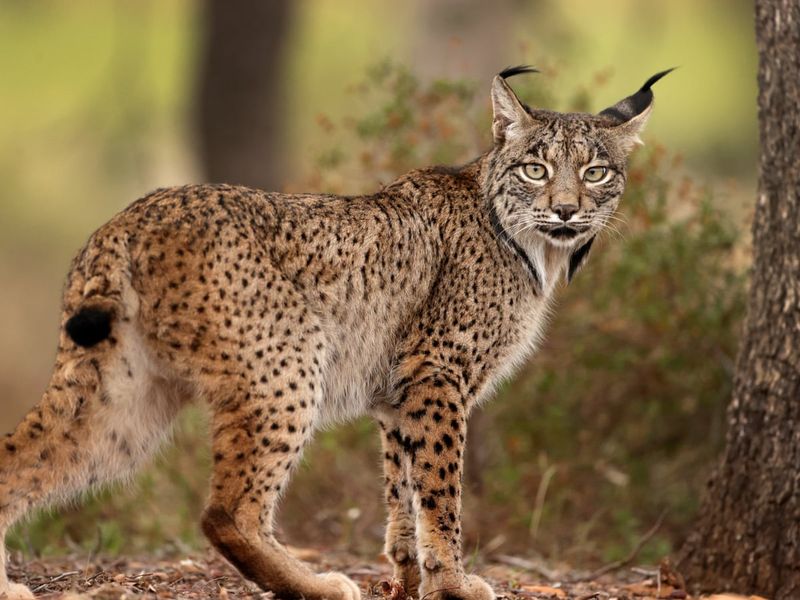
With tufted ears and a bobbed tail, the Iberian lynx clings to existence in isolated pockets of Spain and Portugal. Agricultural expansion and infrastructure development have reduced its Mediterranean scrubland habitat by more than 80%.
The lynx’s survival depends entirely on rabbits, which make up 90% of its diet. When myxomatosis decimated rabbit populations in the mid-20th century, lynx numbers plummeted dramatically.
4. Sumatran Tiger
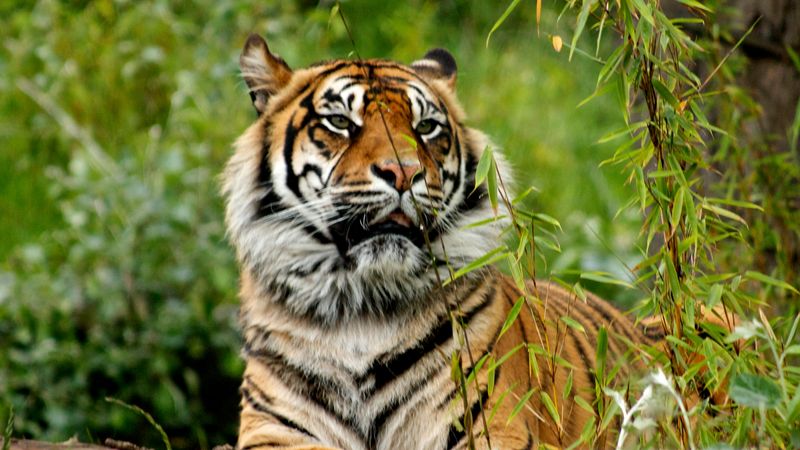
Palm oil plantations have replaced vast stretches of Sumatran tiger territory, leaving fewer than 400 individuals struggling for space on this Indonesian island.
The smallest of all tigers, these sleek hunters have distinctive dark, closely-spaced stripes and beards that set them apart from their mainland cousins.
Rapid deforestation continues at a staggering pace – Sumatra has lost over 50% of its forest cover in just 35 years. As tiger territories shrink, deadly conflicts with local villagers increase, further threatening their precarious existence.
5. Borneo Clouded Leopard
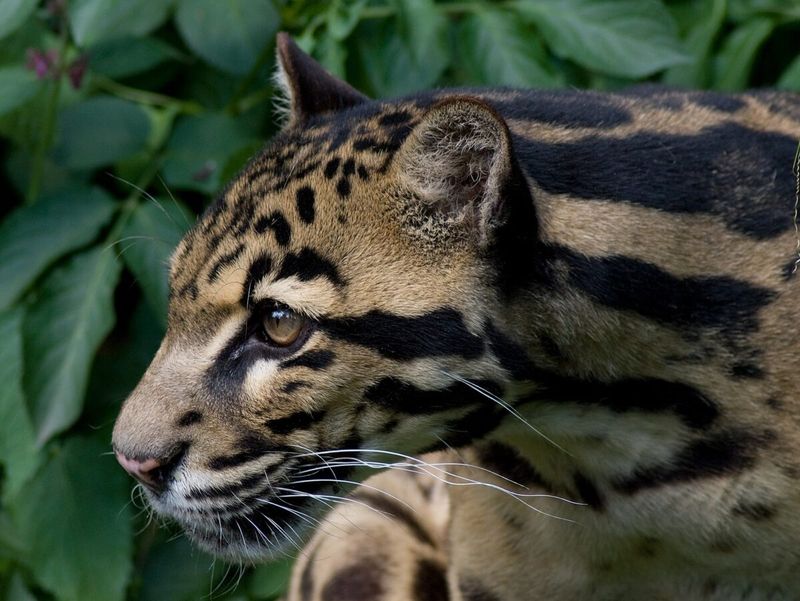
Mysterious and rarely seen, the Borneo clouded leopard faces a shrinking island home as logging operations and palm oil plantations transform ancient rainforests.
Their cloud-like markings provide perfect camouflage in the dappled forest canopy where they hunt.
Armed with the longest canine teeth relative to body size of any cat, these medium-sized predators can rotate their ankles to climb down trees headfirst.
Borneo has lost more than 30% of its forests since 1973, fragmenting populations and isolating breeding groups.
6. Snow Leopard
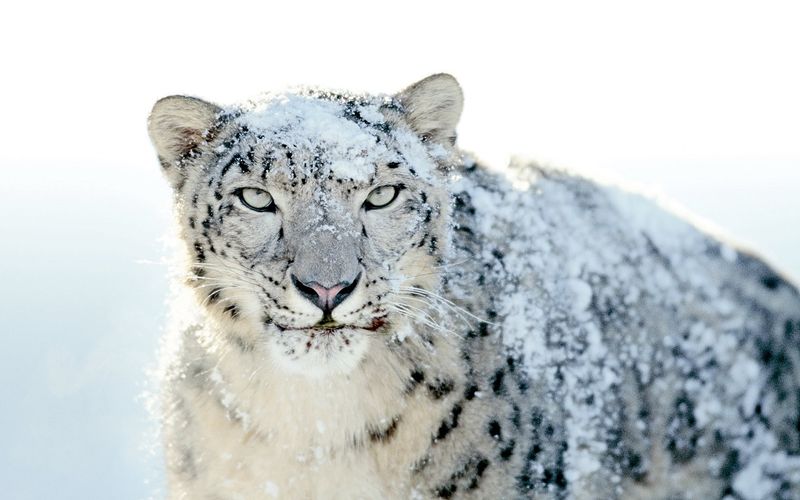
Masters of the high mountains, snow leopards face mounting pressure as climate change pushes their habitat toward the peaks.
Their thick fur and wide paws perfectly adapted for high-altitude living can’t help them outrun warming temperatures that shrink their range.
Mining operations and livestock grazing further degrade their fragile mountain ecosystem across Central Asia. When herders lose livestock to these elusive cats, retaliatory killings often follow.
Their ghostly presence – rarely seen by humans – makes population estimates difficult, with perhaps 4,000-6,500 remaining.
7. Asiatic Lion
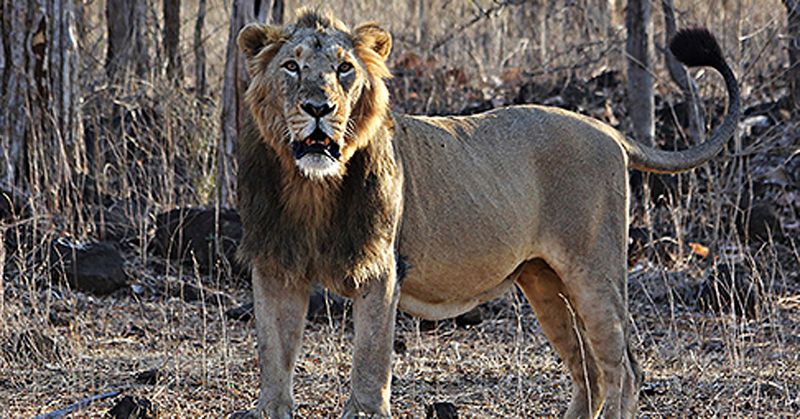
Once roaming from Greece to India, the Asiatic lion now exists only in Gujarat’s Gir Forest – a single population of about 650 individuals.
Their habitat has shrunk by 90% from historical ranges, leaving them vulnerable to disease outbreaks and natural disasters.
Slightly smaller than African lions, they feature distinctive skin folds on their bellies and sparser manes.
Expanding human settlements around Gir create deadly gauntlets of roads, wells, and electric fences. Recent conservation success has allowed some lions to establish territories outside the protected forest.
8. Jaguarundi

Often overlooked in conservation discussions, the jaguarundi’s streamlined body and unusual coloration make it appear more like a large weasel than a cat.
Across Central and South America, cattle ranching and agriculture have claimed over 30% of their forest and scrubland territories.
Unlike many cats, jaguarundis are active during daylight hours, hunting birds and small mammals through dense vegetation. Their unusual vocalizations include chirps, whistles, and even purr-like sounds. Border wall construction between the U.S. and Mexico further fragments their northernmost populations.
9. Fishing Cat
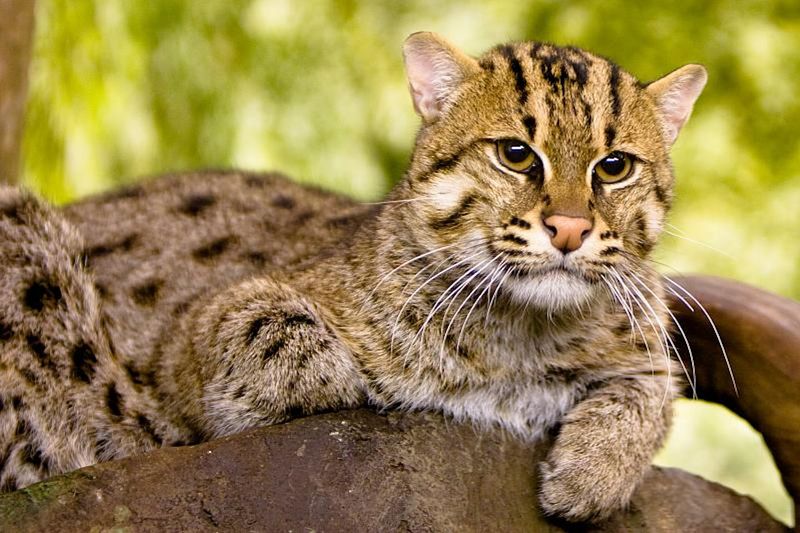
Wetland drainage for agriculture and aquaculture has decimated fishing cat habitat across Southeast Asia. These remarkable swimmers actually dive for fish, equipped with partially webbed paws and water-resistant fur that keeps them dry during underwater hunts.
Mangrove destruction removes crucial hunting grounds, while pollution poisons their aquatic prey. Found primarily in India, Bangladesh, and Sri Lanka, they’ve disappeared from much of their historic range.
Their population has declined by over 30% in just two decades as humans convert wetlands to farmland and fish farms.
10. Flat-Headed Cat
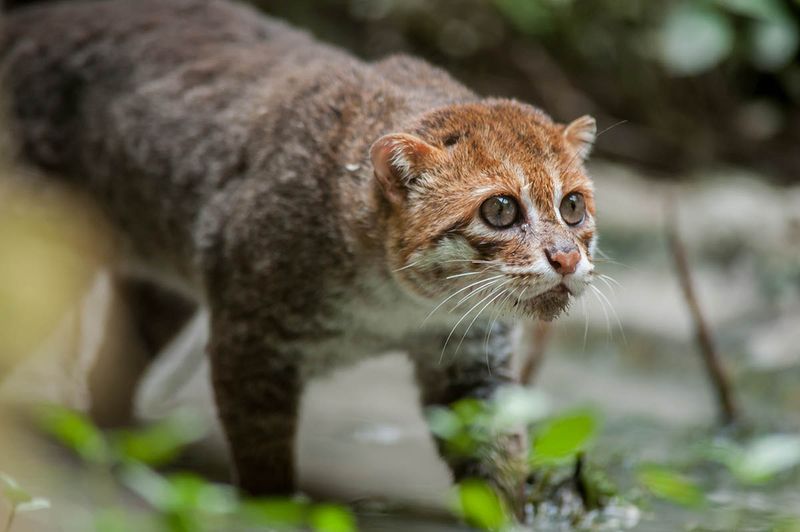
Among the least-known felines, flat-headed cats face catastrophic habitat loss as their wetland homes across Malaysia, Indonesia, and Thailand disappear at alarming rates. Their unusual skull shape and forward-set eyes are specialized adaptations for hunting small aquatic prey.
Nearly 70% of their riverine and peat swamp habitat has vanished under palm oil plantations.
Their small size – barely larger than domestic cats – belies their specialized nature. With webbed feet and sharp, curved claws, they expertly scoop fish and crustaceans from shallow waters.
11. African Golden Cat
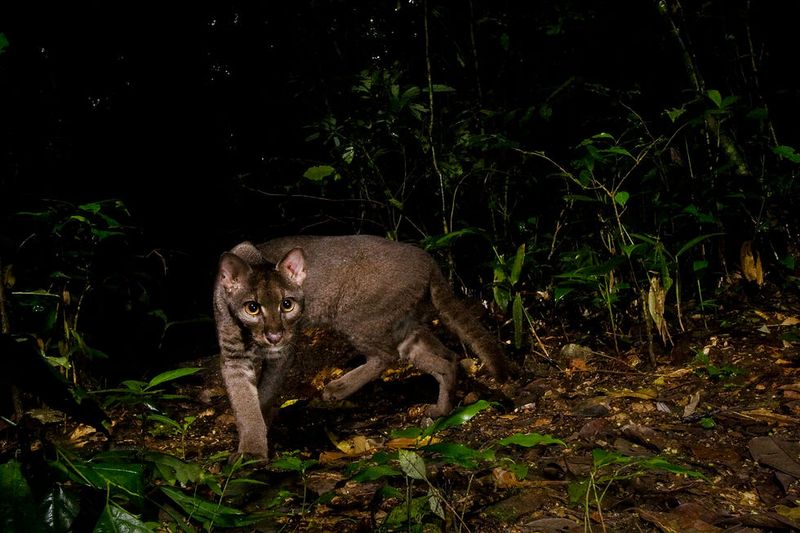
Secretive forest-dwellers of Central and West Africa, golden cats face mounting threats as logging operations carve up their rainforest home.
Their coloration varies dramatically from golden-red to slate gray, helping them disappear into the forest shadows.
Bushmeat hunting depletes their prey species, while snares set for other animals often claim these cats as unintended victims. Road construction through previously inaccessible forests brings waves of settlers and hunters. Researchers estimate fewer than 10,000 mature individuals remain across their fragmented range.
12. Persian Leopard
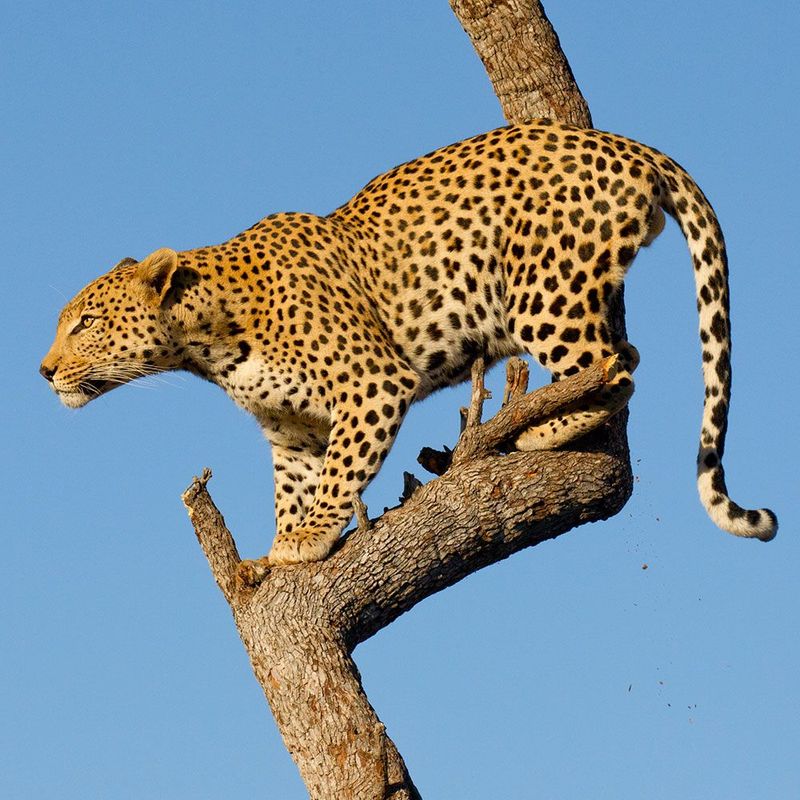
Stretching across the rugged mountains of the Middle East and Central Asia, Persian leopards face a landscape increasingly dominated by human activity.
Military conflicts across their range have led to habitat degradation and increased poaching.
Larger than other leopard subspecies, they roam vast territories that now intersect with expanding human settlements. Mining operations and infrastructure development fragment their mountain habitats. The construction of roads through previously remote areas increases both roadkill incidents and access for poachers.
13. Andean Mountain Cat
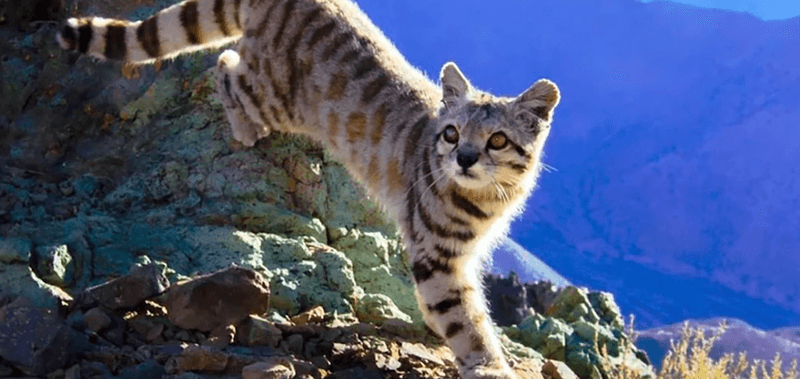
Ghostly inhabitants of the high Andes, these small but striking cats live above 3,000 meters in one of Earth’s harshest environments. Mining operations, road construction, and climate change threaten their specialized mountain habitat across Peru, Bolivia, Chile, and Argentina.
Their thick, ash-gray fur with brown spots and stripes provides camouflage among rocky outcrops where they hunt mountain viscachas and other rodents.
Indigenous communities sometimes hunt them for traditional ceremonies. With possibly fewer than 2,500 adults remaining, they’re among the Americas’ most endangered cats.
14. Cheetah
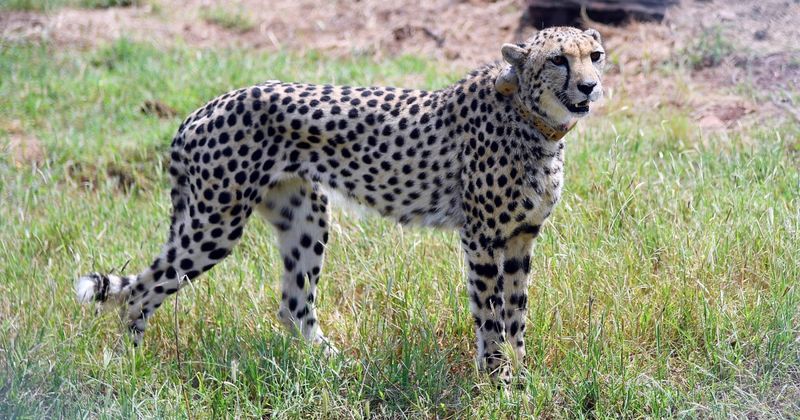
Built for speed rather than conflict, cheetahs have vanished from 91% of their historic range across Africa and Asia. Agricultural expansion and livestock grazing have transformed vast grasslands into farmland, leaving these sprinters with nowhere to run.
Their specialized hunting strategy requires open spaces – exactly the landscapes humans convert first. In Iran, fewer than 50 Asiatic cheetahs remain, while African populations continue to decline.
Low genetic diversity – a result of a population bottleneck 12,000 years ago – makes their recovery even more challenging.
15. Sunda Clouded Leopard
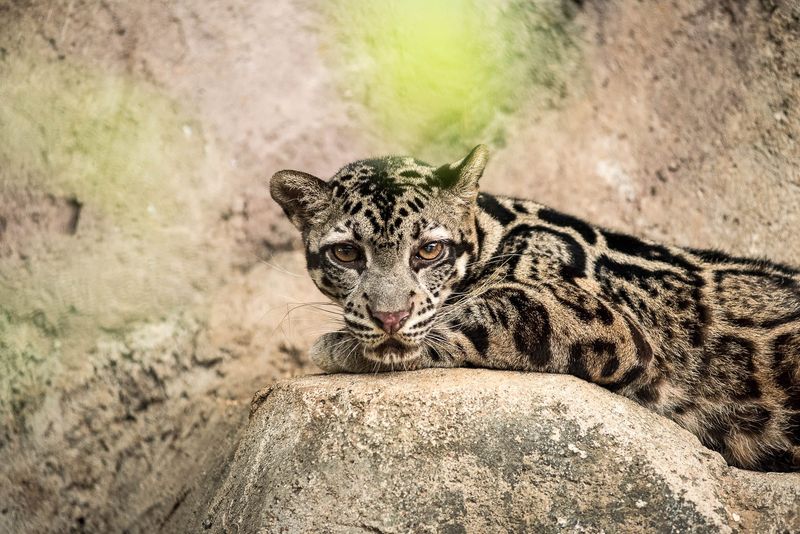
Only recognized as a distinct species in 2006, the Sunda clouded leopard faces immediate extinction risk as Borneo and Sumatra’s forests disappear. Their cloud-patterned coats provide perfect camouflage in the dappled light of intact rainforests.
Forest fires, often deliberately set to clear land for palm oil plantations, destroy thousands of hectares annually.
These agile climbers spend much of their time in trees, hunting monkeys and small deer. Scientific camera traps rarely capture images of these elusive cats, making population estimates difficult.


